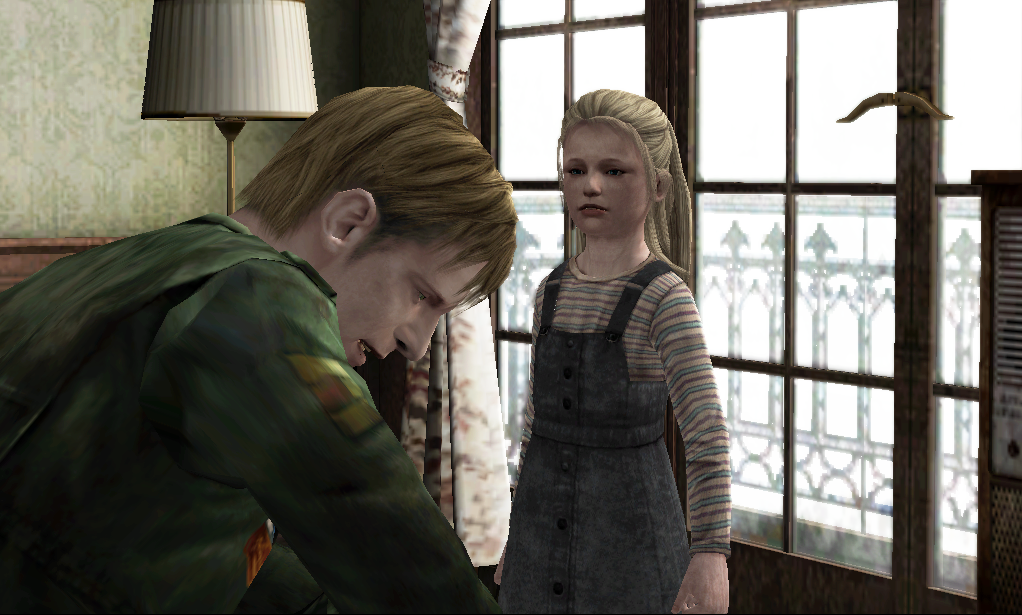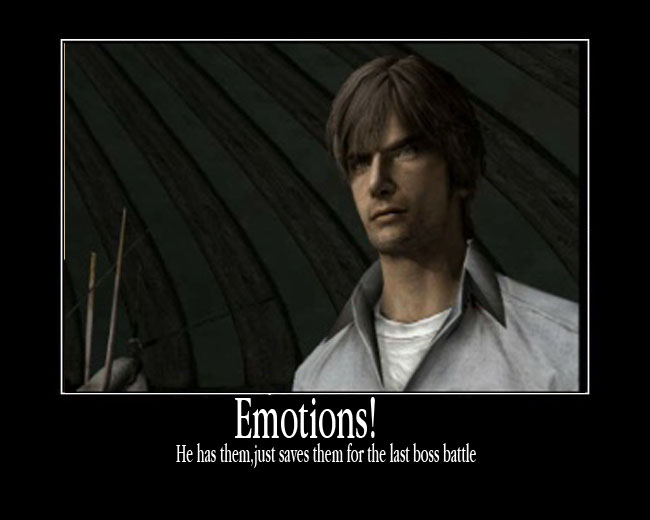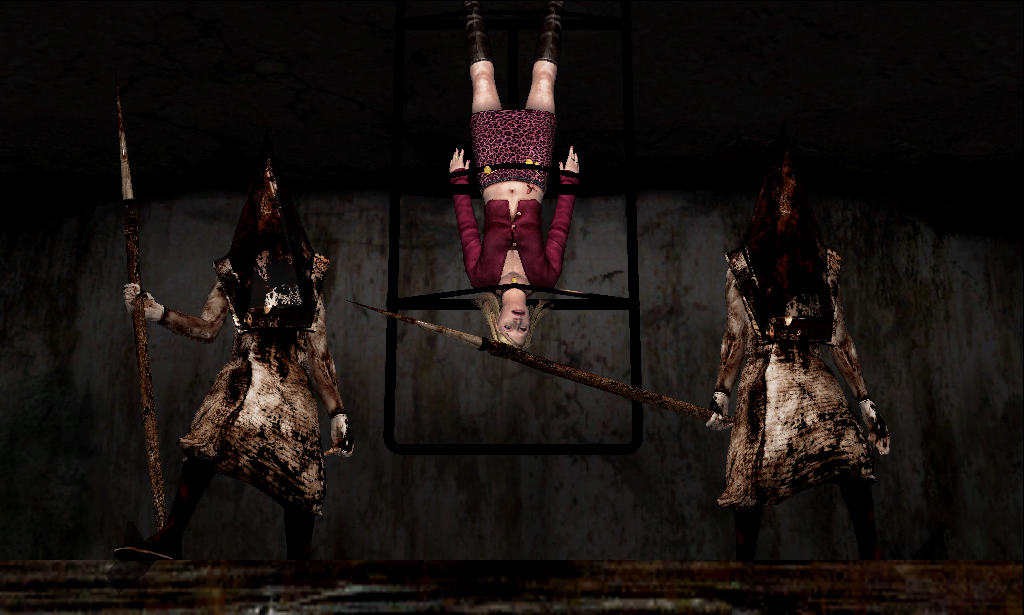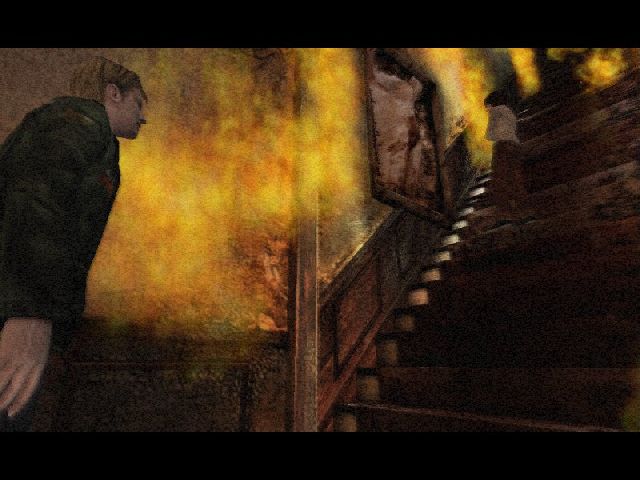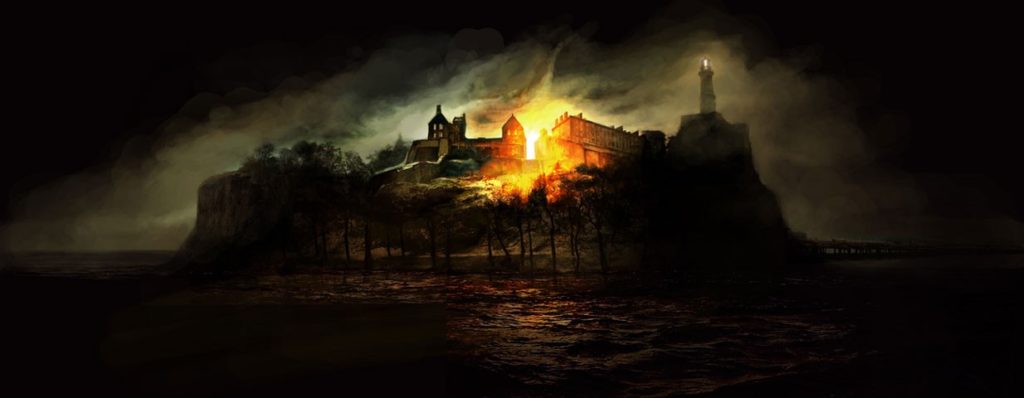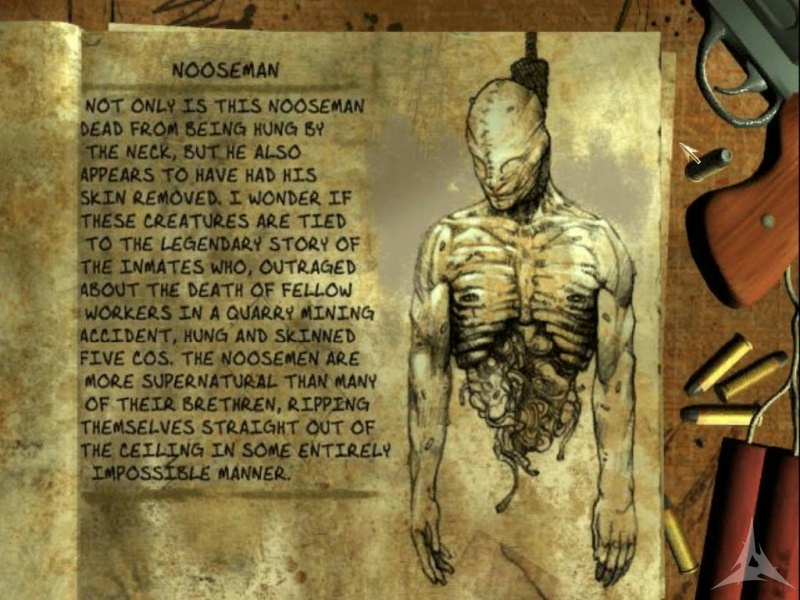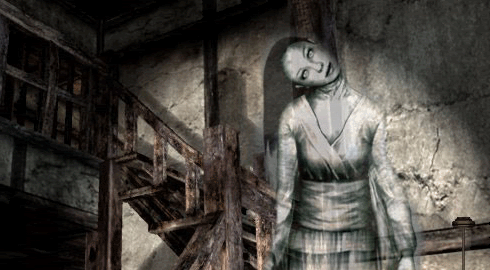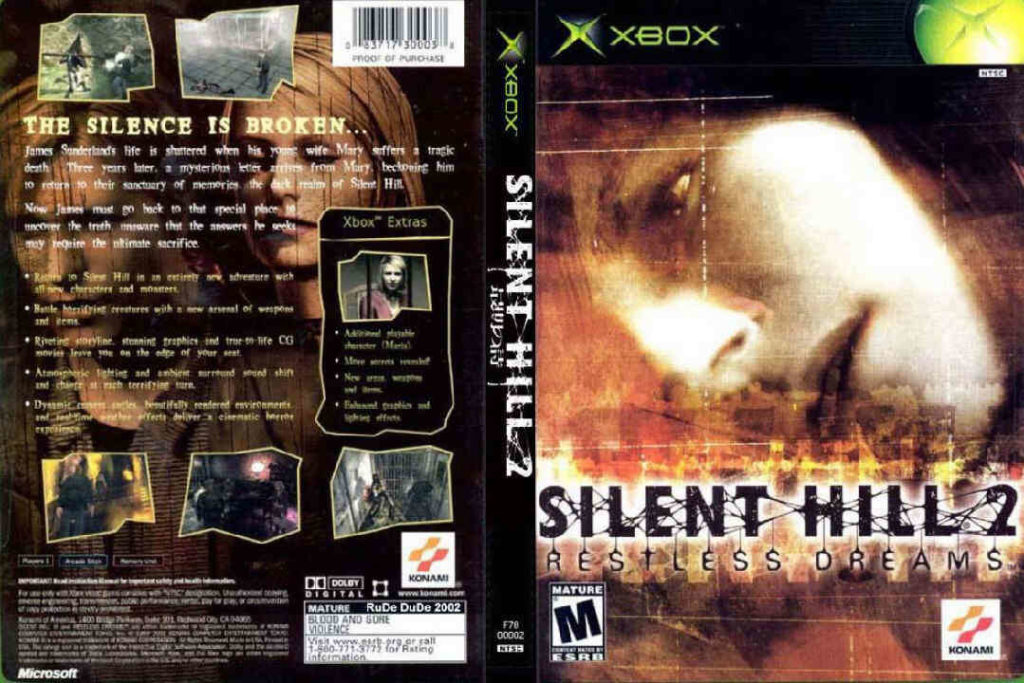There is a difference between sanity and mental illness when it comes to horror with supernatural, absurd, or surreal elements. Real mental illnesses are not fun and most of the time a person suffering from a mental illness did nothing to suffer from it. Generalizations should be avoided when thinking about or interacting with people with mental illnesses. Most people suffering from the myriad of mental afflictions out there aren’t psychotically dangerous or about to “snap.” They are people too and should be treated as such.
The portrayal of mental illness in video games is a bit uneven (I will probably be tackling the representations of mental illness in a latter post). I have seen criticisms of sanity systems that pop up in horror games. Some argue that it is dehumanizing and distorting the image of people with mental illnesses. I would disagree with their arguments. Often times when a sanity system is implemented in a horror game it is trying to represent something else. Whether these systems accomplish what they are trying to do is up for debate.
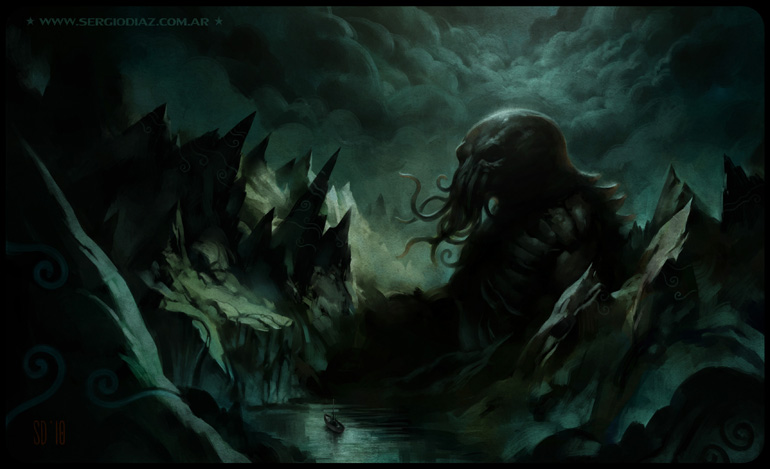
H.P. Lovecraft starts his essay Supernatural Horror in Literature with the line, “The oldest and strongest emotion of mankind is fear, and the oldest and strongest kind of fear is fear of the unknown.” Lovecraft’s fiction is filled with characters confronting the unknown and more frighteningly confronting things that could never be comprehended or known by human minds. The characters in his stories started to loose mental stability as they were faced with horrors they had no chance of understanding or over coming.
Think about not existing. I don’t mean dying and arriving in some afterlife or the process and pain of dying, I mean simply no longer existing. No more consciousness or thinking. It’s hard to think of and comprehend. We are existing thinking creatures, to suddenly not be can be frightening and hard to comprehend. Look up at the night sky. Think about the vastness of space, how large it really is. And now think of how tiny the earth you stand on is in comparison to the rest of the universe. The skyscrapers and mountains we marvel at are nothing but the tiniest of specks compared to the vast and dark universe.
Lovecraft was trying to capture the horror of not knowing or even worse the inability to know, to never to be able to comprehend what you are facing. This is the insanity of horror games. One’s mental stability begins to unravel as you are faced with something incomprehensible. How can you overcome or defeat something you can’t understand? How can you overcome or defeat something that is cosmically greater than you are? You are its plaything whatever it or force it may be. This is the insanity of horror games.
Insanity is facing things you would have never thought real or possible. It is facing forces that shatter your very perception of reality and realizing you are its plaything. It’s trying to comprehend the incomprehensible as all rational thought and reasoning withers away because such things are built on the conviction that your perception of reality was correct. It’s trying to convey to others what is happening, what you are experiencing, but can’t find the right words or make any sense because how can human language convey something beyond human comprehension. You are ignored and never believed. People deny the horror you are trying to bring to their doorstep. You are left alone and raving. This is the loss of sanity. This is the descent into insanity.
Various horror games have tried their hands at how to handle sanity. One of the most well-known of these games is Eternal Darkness Sanity’s Requiem. The game seeks to affect the player as your character loses sanity. The game starts playing tricks on the player like saying your controller is unplugged when it’s not or saying your saves have been deleted. The sanity system is used as a scare tactic to unnerve the player but has no narrative impact.
Amnesia’s sanity system looks to unnerve the player through distorting how the player sees the game world. Bugs crawl along the screen, how the world is presented becomes distorted. In both Eternal Darkness and Amnesia loss of sanity can led to death. Once the character’s sanity is drained your health starts draining. Then there are other games where sanity or mental stability is treated as a simple point system that will end the game the same way as losing all your health. Games generally treat sanity as another scare tactic gimmick or a secondary health bar. But remember what the loss of sanity means. It is the erosion of the certainty of your perception of reality.
Sanity is your conviction in a rational and stable world. Everything has an explanation; anything can be understood and comprehended. It is also the belief that you are ultimately in control of your circumstances and that your actions and emotions matter. To lose sanity means to have these assumptions eroded away. Sanity systems in survival games should be implemented in more subtle ways to better represent what the loss of sanity means.
First off sanity should never be measurable to the player. Behind the scenes, in the code there will need to be some kind of measure but to the player this system should be hidden. Secondly sanity needs to stop being treated as a secondary health bar. Loss of insanity does not represent your closeness to death; it represents the loss of what you thought you believed about the reality you live in. Along with stopping to treat sanity as just another health bar you shouldn’t be able to regain sanity just because you turned away from the monster or moved out of the dark. The only way to regain sanity should be by taking narrative action to reestablish your crumbling convictions in the lie about reality you have built for yourself.
Loss of sanity also shouldn’t lead to any sort of end game. Loss of sanity should have in game effects but more subtle and not as fourth wall breaking as Eternal Darkness. Amnesia is a step in the right direction but still doesn’t get it quite right. The perspective of the world changes for the character but this doesn’t mean bending walls or hallucinations. In game this might mean the character refuses or avoids certain things. Or certain things stand out more to a character because of a growing sense of paranoia and questioning things. This could be interesting for a clue finding mechanic in some games. Losing sanity makes it easier to find clues for solving puzzles or alternative methods of resolving situations but has consequences else ware for the character.
Take Amnesia’s darkness mechanic. Tweaking it a little, being in the darkness doesn’t lower one’s sanity but if a character’s sanity is low enough it affects how the character will deal with it. Darkness in a way represents the unknown. If your character has low sanity, which represents his/her loss in conviction of a comprehendible reality, they will avoid things that represent the unknown because why confront more things that might shatter your grasp on reality. The character might refuse to hide in the dark or after a certain amount of time turn on whatever light source they have or move back out into the light.
In a survival horror game where the character is still among society, the level of insanity can be represented by dialogue or how other characters react to them. Have dialogue trees built around the level of sanity. Does what the character say make sense to others? Do various dialogue options based on sanity levels increase or decrease the chances of other characters helping them? If your character is a detective, the level of sanity, how you try to convey what is happening on your case, can affect how much the institution is willing to help you with resources. Maybe if your sanity becomes too low you get taken off of the case and have to attempt to complete the story without those resources.1
The point of all this is that a sanity system should be an ingrained and organic part of the game and be something more than just another health system. It should augment the narrative and setting of the game. Not every survival horror game needs a sanity system. It depends on various narrative elements and the framework you are working in. For any game based off of or inspired by Lovecraft’s fiction yes definitely have some sort of sanity system. That’s what his stories are about: confronting cosmic horrors and having them shatter your perception of reality. But for a game like Scratches, a good classic pure adventure horror game, a sanity system is unneeded. The game builds horror through atmosphere and the distortion of what we are used to in everyday life (which is a different mechanic for creating a sense of horror). In the end we discover and understand what took place but that doesn’t change the horror of the narrative. And for most action horror games there is no need for sanity systems because the framework is just to destroy everything. There is no real attempt to comprehend or know; just put a bullet through everything until it’s over.
Survival horror games can and should be enriched with an effective sanity system. It’s tiring to see sanity systems tacked on and treated like a gimmick or just another health bar. Especially when there are so many different and cool mechanics you could implement with an effective sanity system. Maybe someday we’ll truly get to experience insanity in a survival horror game.
1. The idea of playing with dialogue trees and societal resources based on your sanity level came about through a discussion with a friend on how developers could better represent sanity narratively in video games. I mean flesh out the ideas we discussed into a game concept, which I may post later.
Here are links to the various sanity effects that take place in Eternal Darkness and Amnesia.
